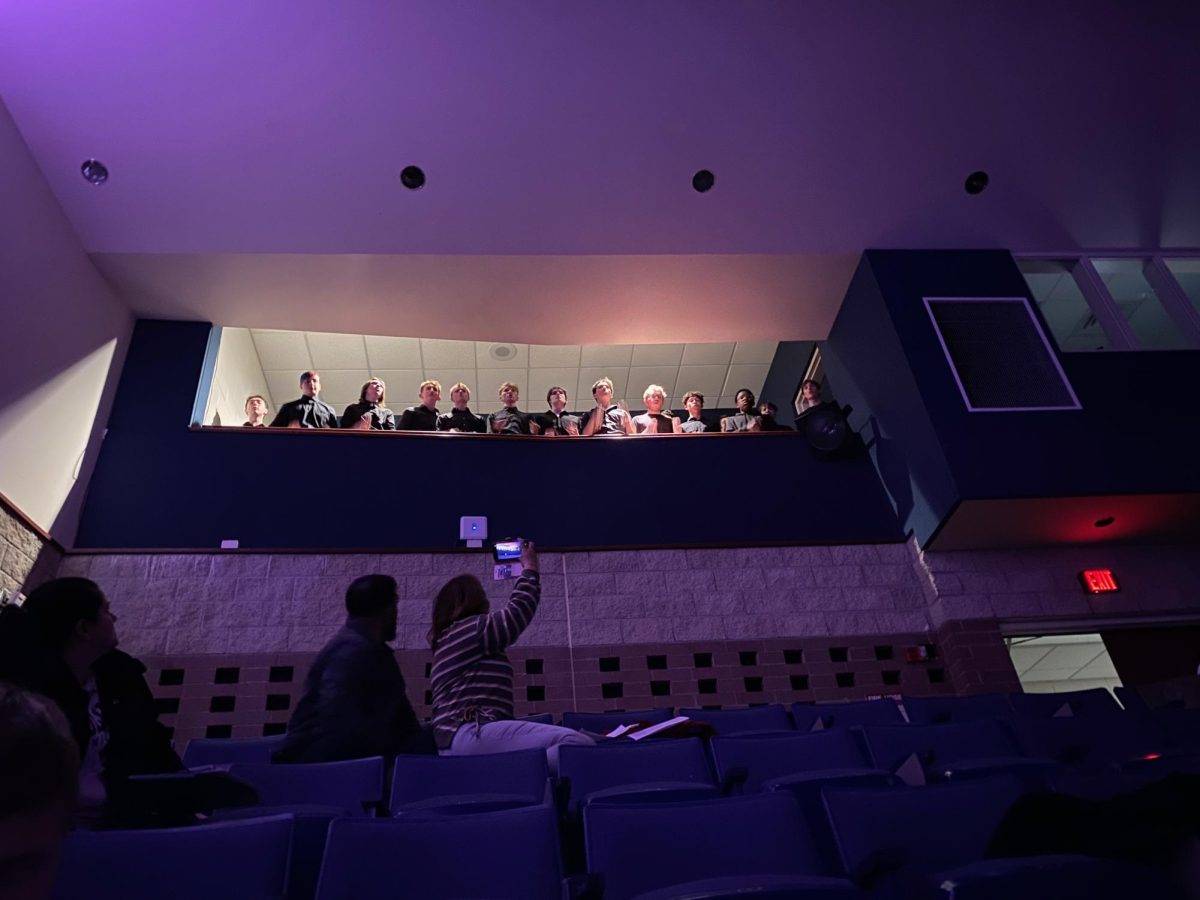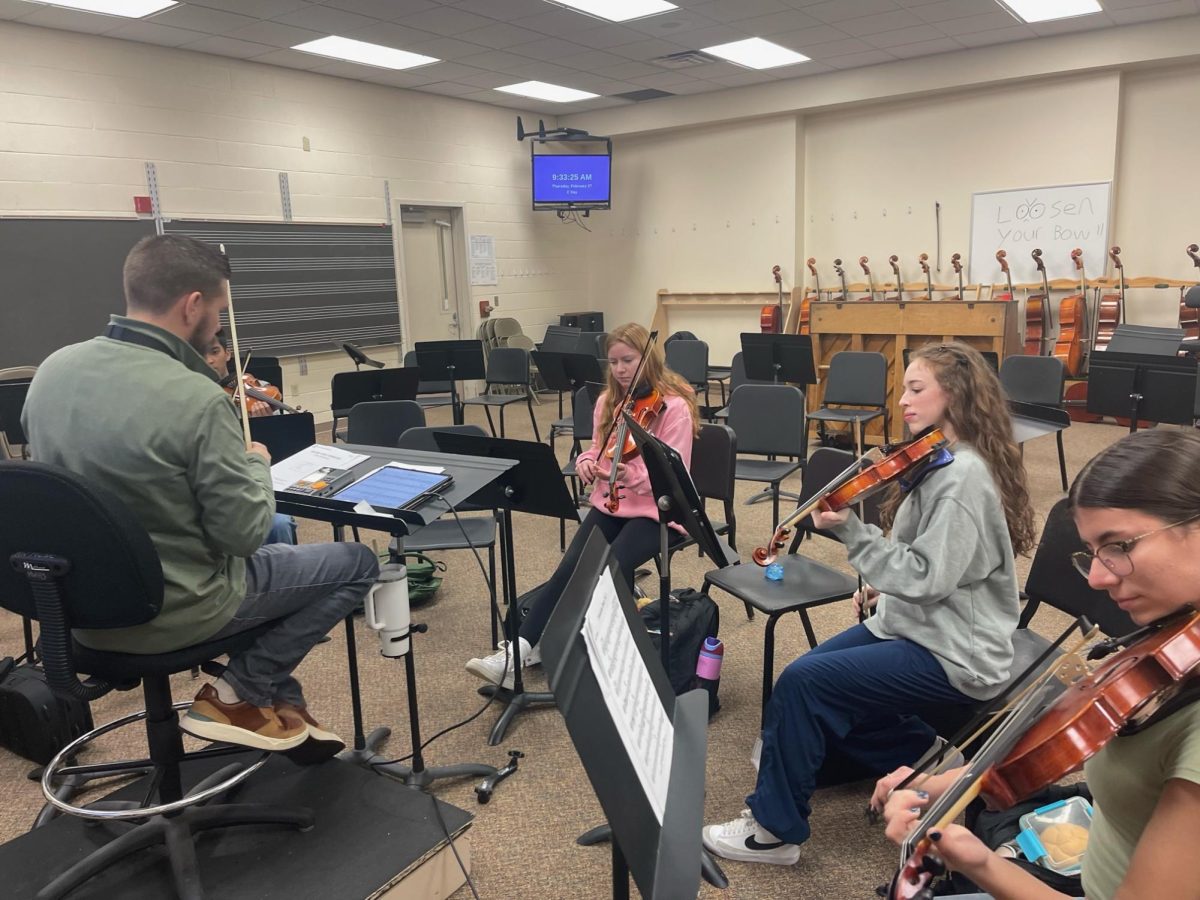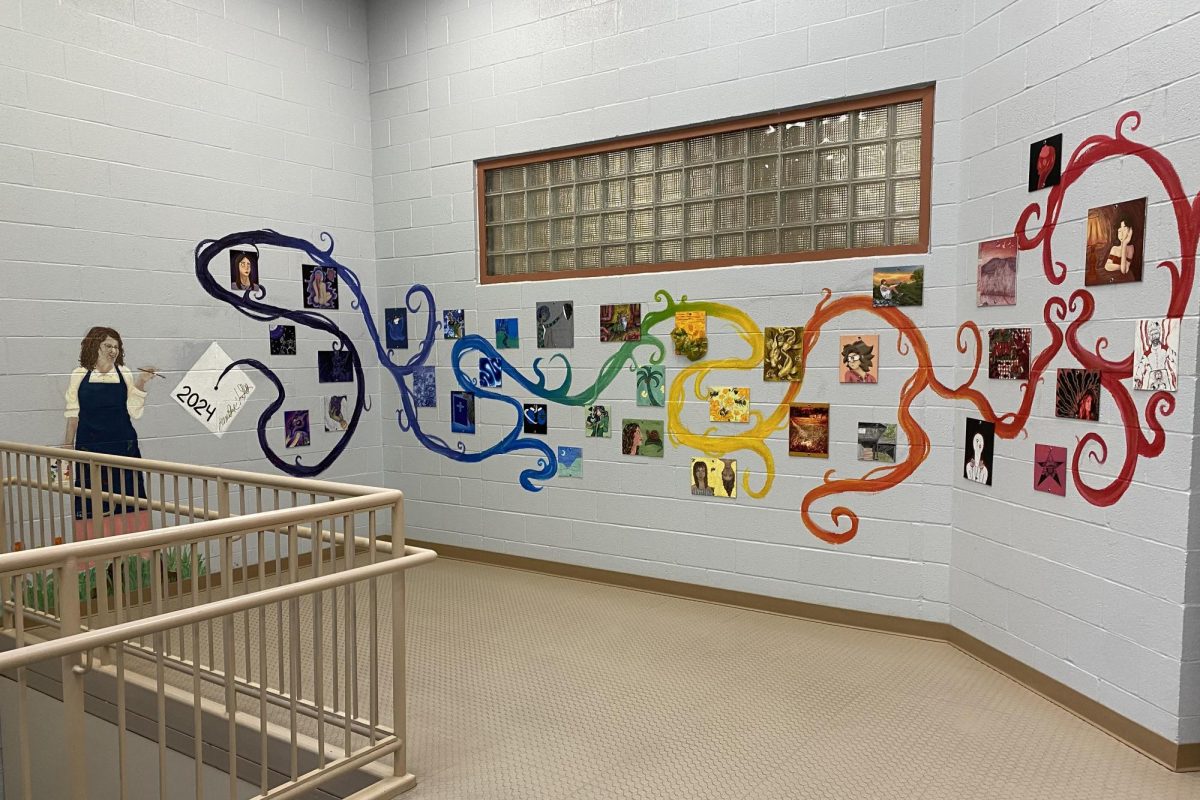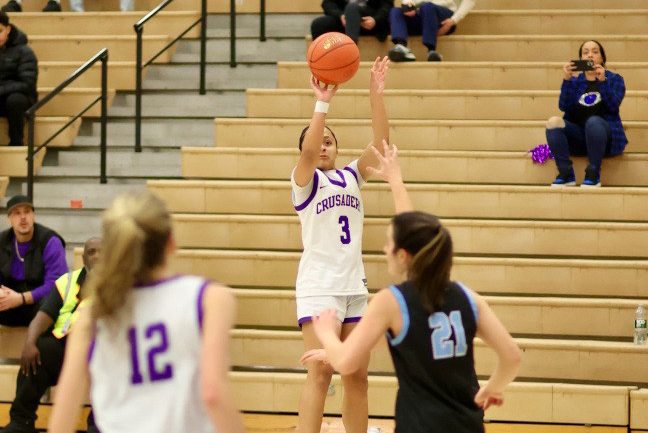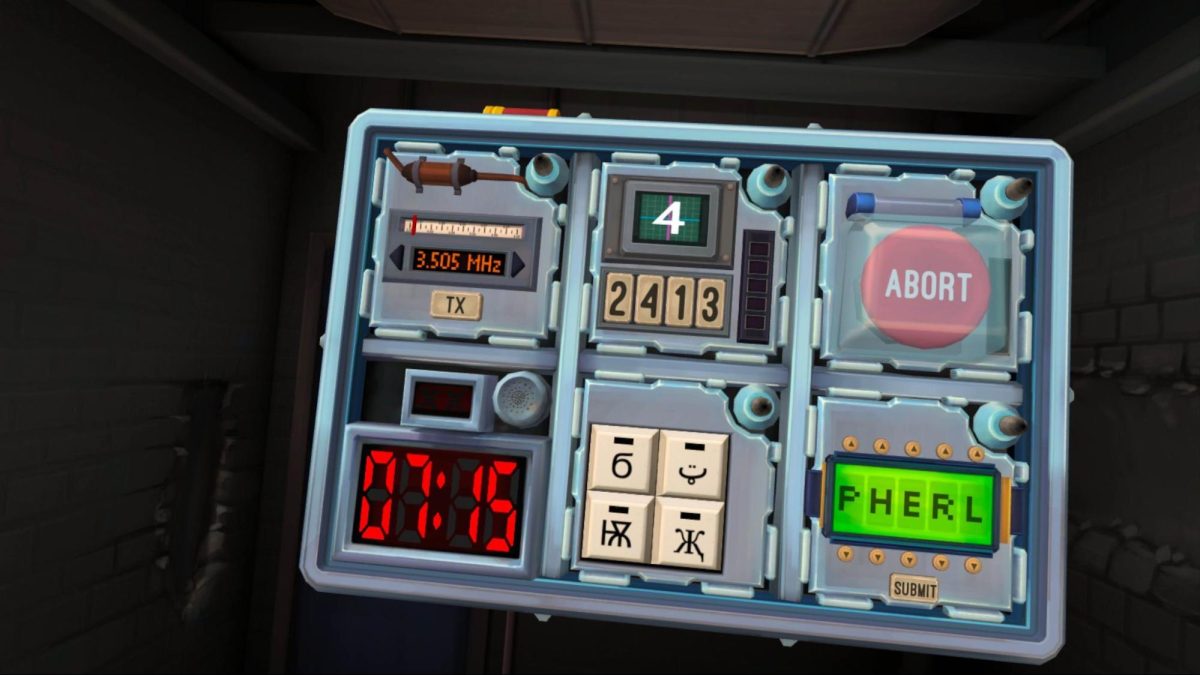This article discusses mental health and mental illness. If you or someone you know needs help, please check out this document that details the mental health resources provided by Monroe-Woodbury High School.
It is no secret that many teenagers have struggled with their mental health. Yet even with the preaching of mental health awareness within the past few years, this problem continues to worsen.
Teens seem to be crying for help by using any outlet they can grasp, specifically social media. Teens are sharing their feelings, possibly oversharing at that. That is not to say it’s inherently a bad thing, but they are trying to express as much as humanly possible in a small format.
TikTok is a platform full of mental health discussions. I never seem to go a day without seeing a video of someone crying to a melancholy Taylor Swift or Zach Bryan song with a wall of text describing all their worst fears, their current struggles, and any other nagging thought. However, for every somber video, there’s another making jokes about the same topic in the name of coping.
Oversharing is a defining characteristic of the younger generation. While our parents and grandparents were taught not to discuss personal issues or turmoil, we seem to pour out as much as we can. That is not to ignore the nuances of this subject. A large portion of teens never seek help or confide in others about their mental health and circumstances. According to the Office of the Assistant Secretary for Health, 49.5 percent of adolescents have had a mental health disorder at some point in their lives, with the CDC saying that about 50 percent receive some form of treatment or support. It has also been found that many teenagers choose to wait to speak up about their mental health concerns until they are in their mid to late teens.
However, with social media we are able to “trauma-dump” in this non-confrontational, pseudo-anonymous fashion. Rather than truly addressing your struggles, you can publish them and receive comments about how relatable you are, or hear encouragement from strangers as to how it gets better. Many trends on TikTok encourage this behavior. In the past few months there have been trends showing grief after losing family members, making jokes about emotional abuse in relationships (audio used from a “South Park” episode), people comparing their photos before and during an eating disorder, and the genre I call “documenting a post-break-up spiral”.
Social media posts like this aren’t helping viewers or creators, or contributing to mental health awareness. What they do show, however, is that teenagers are practically begging to be heard. Sure, we can create little communities in comment sections about how so many of us experience crippling anxiety or depressive lows, but we aren’t helping ourselves.
I am not shaming my peers for this behavior because I too am guilty of this. If you were to scroll through all my liked TikToks or posts shared to my friends, you’d find plenty of these “trauma-dump” compilations. I am yet another teenager who has had my own challenges that often falls victim to consuming and creating media as a coping skill. I mean, why address your anxieties or stress or social struggles when you can send your friends TikToks that are “so me”? Teenagers are posting and sharing this content because they feel they either cannot coherently verbalize their feelings or no one is listening when they do. By publicizing it, you can feel as though you told someone without going through the trouble of truly doing so. While it can be comforting to find solidarity with strangers facing the same circumstances as you, there are also major detriments to consider.
TikTok has an algorithm to suggest videos and content creators to its viewers. The more someone ‘likes’, comments on, or shares a type of video, the more likely they are to be suggested more similar content. TikTok is also fairly unique in the sense that the algorithm is almost solely responsible for what viewers see. On platforms such as YouTube, while the algorithm suggests content the viewer has to manually select a video to watch. However, with TikTok there is virtually endless scrolling through uncontrollable content. Although there is an option to indicate that you are “not interested” in a video, few make the effort. With an algorithm made to push growing trends, combined with the growing rate of people needing to share their struggles, these videos become rewarded and people are encouraged to exploit their mental health and traumas for likes and views.
With this constant supply of depressing content, no matter how relatable it may be, teenagers are apt to normalize their feelings and not help themselves or seek help from others. In my own experience, I have found that when I am only recommended videos about anxiety, depression, or negative events, I feel worse. It’s easier to fall victim to wallowing in your feelings when you feel as though everyone else is, too.
What’s so interesting about any of these videos is that even when they have a “wall of text” or caption with an explanation, there is little context. We don’t know the lives or minds of the creator or context to their situation. That’s part of the benefit for the creator, to “bottom-line” some of their most pressing struggles. Videos and their comment sections regarding mental health issues and mental illness indirectly address one’s problems and acknowledge them as problematic, but fail to contribute to the progress of the creator or the viewer. While this acknowledgement is positive, without progress it turns to disillusionment and a false sense of acceptance.
As TikTok has grown, teens have grown to trust it. It is not inherently wrong to share one’s struggles with depression, anxiety, or other mental health struggles, we need to do something more constructive. Teens need to reach out directly to those around them and be taught legitimate coping skills instead of commodifying them for social media gratification. TikTok should also be held responsible for the functioning of its algorithm and its role in promoting this content because until society has the tools to use platforms safely and positively, it is the job of the company to provide those guardrails.
Linked here is a document I created that details the mental health resources provided by Monroe-Woodbury High School. If someone is constantly posting/reposting/sharing videos about struggling with their health, it is important to check in on them and provide support. If you or another student is in need of help, be sure to reach out to those around you, not TikTok.






